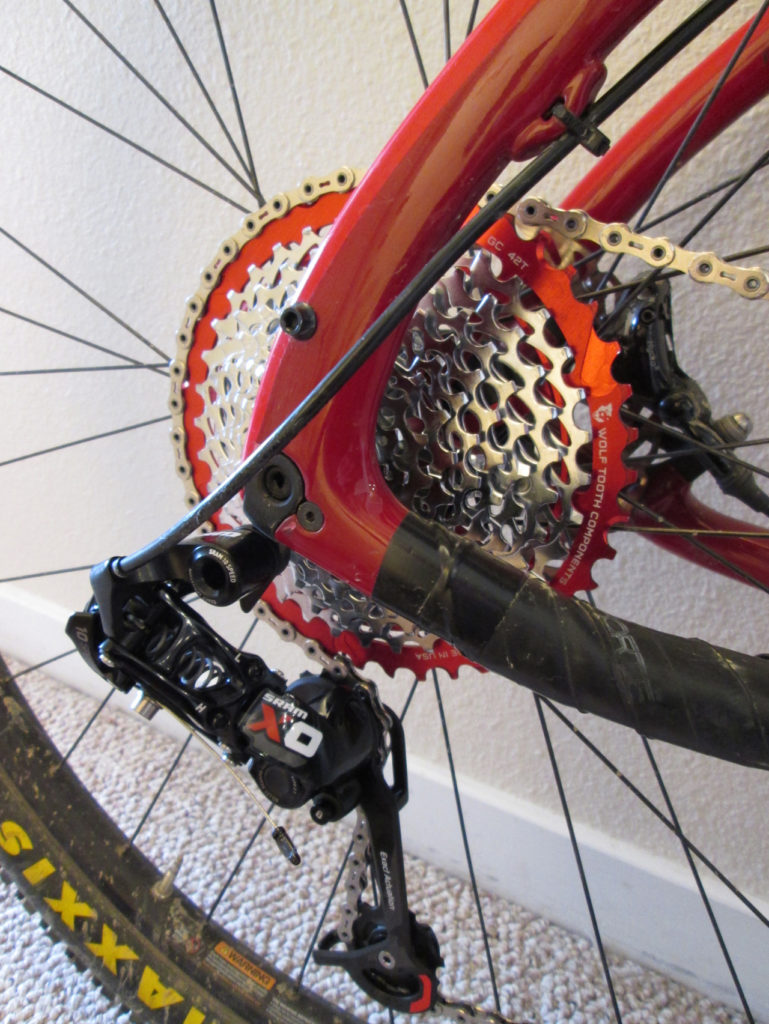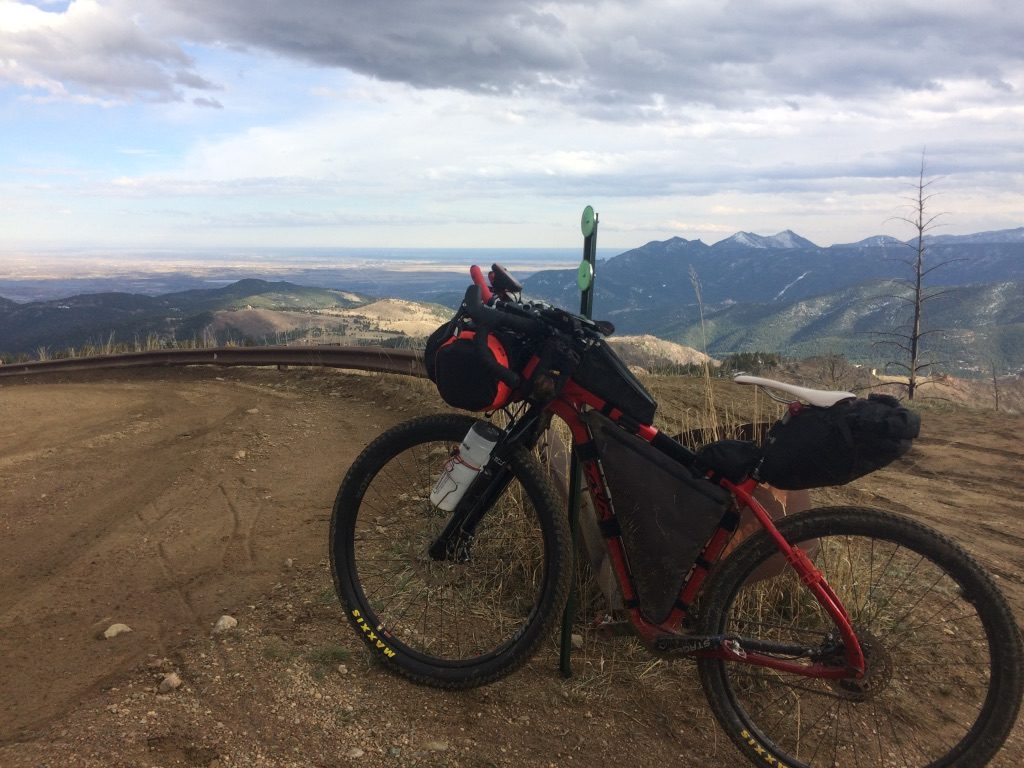I put my name on the start list in early February as a Southbound Grand Depart participant. After reading reports of above average snowpacks in Canada/Montana, and below average snowpacks in New Mexico/Colorado I’m starting to consider a Southbound start.
Reasons to Ride Southbound
I signed up as a Southbound racer for a few reasons: to be part of the Banff Grand Depart experience, easier travel arrangements (fly to Calgary, have family/girlfriend waiting in Antelope Wells), and more chance of companionship. Ego, convenience, and safety in numbers.
There’s certainly an appeal to being part of the mass start. Being mid-pack with other racers, lots of people on the route would know what we’re doing. I remember riding into Cuba and having drivers wave at us as if they knew we were touring the GDMBR. It felt good to get that recognition.
Travel arrangements are easier for me ending in AW. My family lives in the Denver area, so for them to get to AW is just a 11 hour drive. I imagine being able to arrange something roughly like, “once I’m halfway between Pie Town and Silver City, Drive to Silver City and wait there. Once I hit Separ, start driving to the border.”
Companionship shouldn’t and can’t be counted on, but early in the race I think it would help to build confidence before settling into a routine. Knowing that there will be 100 others around +/- a few days is psychologically comforting.
I think I would prefer ending the race in Antelope Wells, having completed the route the other direction. A tour or TD race is such an experience that I want a chance to reflect on the trip. The solitude of the desert and boredom of flat pavement would let that happen.
I remember riding up the Spray River Trail rounding a corner and suddenly being at the trailhead, my GDMBR trip finished. I suddenly became just another tourist in Banff. Instant culture shock. Suddenly thrown into a crowded town that doesn’t match the experience of the preceding 2,700 miles.
Reasons to NOT Ride Southbound
- Colder weather in Canada/Montana
- Hike-a-bike due to large snowpack
- Hike-a-bike through snowmelt
- Hotter weather in New Mexico
- Less surface water available in New Mexico
- Greater chance of monsoons + peanut butter mud in New Mexico
Cold is one of my greatest fears. The 2014 race started with a week of snow and rain. As someone whose feet sweat profusely and constantly has cold hands (poor circulation?), that sounds miserable. Like quit-the-race miserable. Walking through snowmelt runoff streams for the first few days – I imagine my feet would get numb and stay that way all day, regardless of clothing choices.
Then there’s the “unknown.” Most rookies go into the race with no firsthand knowledge of the route. I have the small advantage of having ridden S=>N once before. I know roughly what supplies are available at various towns. I remember some water sources in dry areas, and can remember roughly what much of the route looked/felt like. If I were to ride southbound, my knowledge of the climbs would be wasted. I had to hike up Fleece Ridge and suffer up the climb out of Radium, but I got to enjoy massive descents down to Abiquiu and Del Norte. I don’t know what the experience is like in the opposite direction.
It’s typically stated that the route Southbound climbs gradually and descends steep. I think my riding style now favors steep climbs and more gradual descents – the Northbound direction.
General Race Outlook
When I was sure I was racing Southbound, I mostly felt worried about prolonged wet/cold and being in bear territory on day one. Plus, ending day one with a 3 hour hike-a-bike up the quad trail/river to Koko Claim is a bit daunting.
When I consider riding Northbound, it feels like a weight is lifted from me. I’ve ridden that direction before. I don’t have to worry nearly as much about weather. Getting to Silver City and beyond should be a relatively simple first day. Getting through the Gila to Pie Town and Grants will be challenging, but it can be planned for. I’m accustomed to riding in mountains, unlike eight years ago.
I think I will gain a lot of confidence on days one and two if starting in AW. I remember struggling on the “hills” between Hachita and Silver City. I remember the first climb on gravel heading into the Gila, how I had to walk after a few hundred yards. And also the climb out of Black Canyon 30-40 miles later. From my journal:
The climb out of the canyon was absolute hell. It consisted of many miles of steep roads covered in loose gravel. It had me pushing my bike in no time. Even that was difficult.
After checking elevation profiles on Strava, the climb out of Black Canyon is a 2-mile 6-7% climb. “Absolute hell” for 2010 Dave, but not a big deal at all for 2018 Dave. I look forward to doing those climbs again and thinking to myself “hey, I can do this thing!”
In Summary
I’m 90% sure that I’m going to ride South to North at this point. And if I do choose to go Northbound, the question then becomes: leave with the NoBo Grand Depart, or leave a day or two earlier, or leave a few hours earlier (daylight is more of a premium in NM)?
Southbound Pros
- Group start experience
- Not likely to ride completely alone
- Easier pickup from AW
Southbound Cons
- Cold, rain, snow
- Snowpack = hike-a-bike
- Flying with bike: possibility of damage
- Heat + mud in NM
Northbound Pros
- Drive to start: no bike reassembly
- Cooler in NM/CO
- Warmer in MT + Canada
- Less chance of NM mud
- Climb steep, descend gradual
Northbound Cons
- Likely to ride alone the entire race
- Sparse resupply immediately

